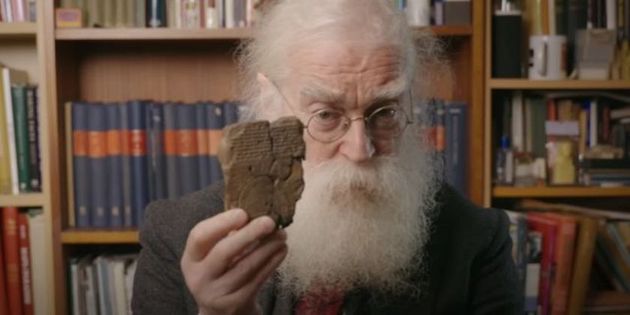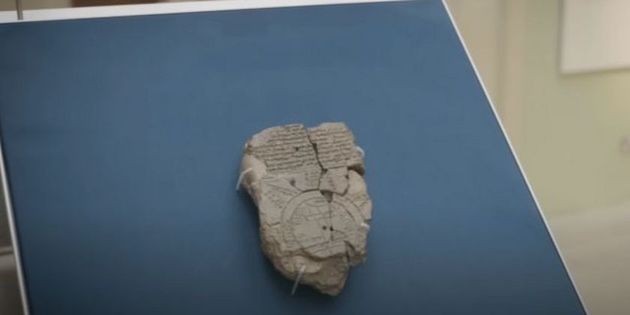A 3000 - year- old tablet that may reveal the location of Noah’s Ark discovered
The artefact contains instructions on how to reach "Ararat", the place where the Ark was left after the flood according to the book of Genesis.
The British Museum, Evangélico Digital · LONDON · 27 NOVEMBER 2024 · 15:55 CET

Scientists have deciphered on a 3,000-year-old Babylonian clay tablet what may be the location of Noah's Ark.
The artefact, known as the Imago Mundi, has been in the British Museum since 1882, after its discovery in what is now Iraq, and depicts a circular world map showing ancient Mesopotamia at its centre, surrounded by a “bitter river” that the Babylonians believed surrounded the world.
According to Dr. Irving Finkel, assistant curator of ancient Mesopotamian writing at the Museum, who led the team of scientists, the map “is full of information, even though it is a bit damaged”.
“The first place you come to is called 'Urartu', it's drawn on the map. Now, the interesting thing about that is that in the Bible Noah, in his Ark, landed on a mountain where the name is 'Ararat' and 'Ararat' is the Hebrew equivalent of the Assyrian 'Urartu'”, he explains.
The Bible tells how God commanded Noah to build a huge ark to save his family and two of every animal from a devastating flood designed to cleanse the world of wickedness. The flood lasted 150 days, after which the ark came to rest on the “mountains of Ararat”.
“And on the seventeenth day of the seventh month the ark came to rest on the mountains of Ararat” (Genesis 8:4).

Travel instructions
One of the passages of the tablet instructs travellers to go through “seven leagues to see something that is thick as a parsiktu-vessel”.
The term “parsiktu” is found only on another Babylonian tablet describing the boat that survived the Great Flood.
“If you did go on this journey, you would see the remnants of this historic boat which saved all the life of the world for the long-term future”, points out Finkel.
Babylonian and Biblical narratives
The discovery not only provides the possible geographical coordinates of Noah's Ark, but also demonstrates the deep historical connections between the Babylonian and Biblical narratives.
“This is quite an interesting thing to think about because it shows that the story was the same, and of course that one led to the other but also, that from the Babylonian point of view, this was a matter of fact thing”, underlines Finkel.
The British Museum has released a video of Dr Finkel explaining this remarkable discovery in detail.

Current evidences
In present-day Turkey, researchers have identified a geological formation known as the Durupinar formation, which closely matches the biblical dimensions of Noah's Ark.
This 162-metre-long formation has attracted significant scientific attention. Recent research conducted in 2014 and 2019 with ground-penetrating radar revealed "intriguing angular structures" not usually found in natural geological formations.
Scientists of the Istanbul Technical University have discovered clayey substances and marine materials in the soil.
Nearly 30 samples of rocks and soil from the site have been determined to be between 3,500 and 5,000 years old, which is consistent with biblical chronology. Large quantities of petrified wood have also been found within the formation.
The location of the formation near Mount Tendürek, only 29 kilometres from the summit of Mount Ağrı, makes it a focus of interest for both scientific research and religion.
One more year
Learn all about our #OneMoreYearEF campaign here (English).
Published in: Evangelical Focus - culture - A 3000 - year- old tablet that may reveal the location of Noah’s Ark discovered
